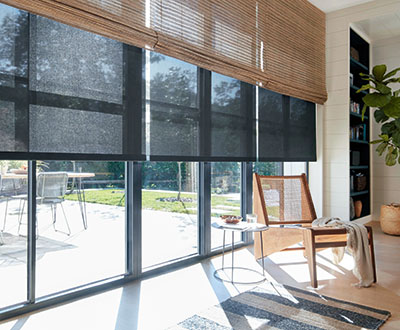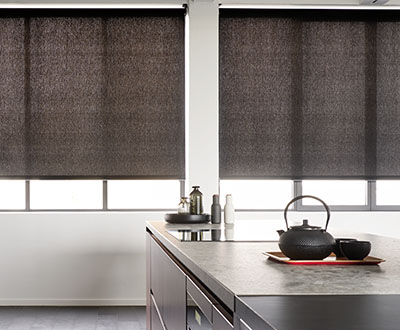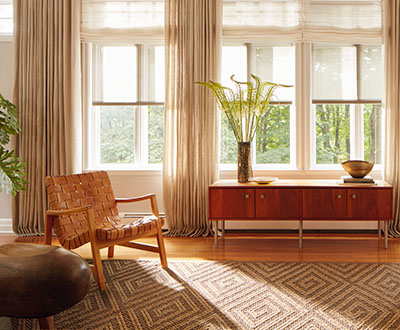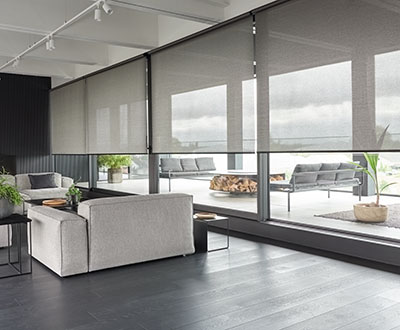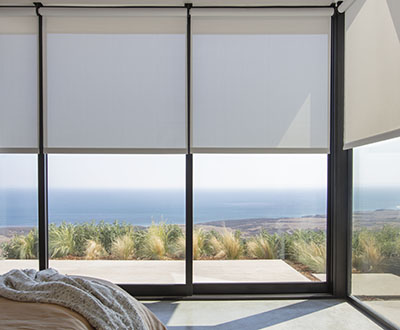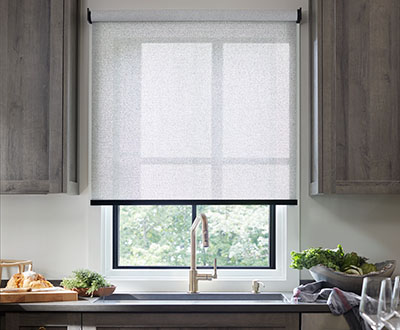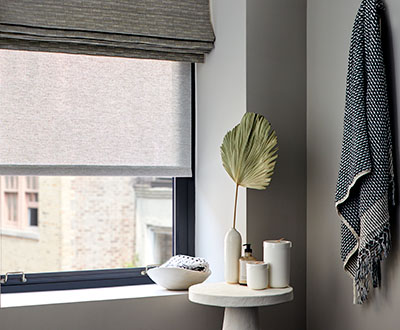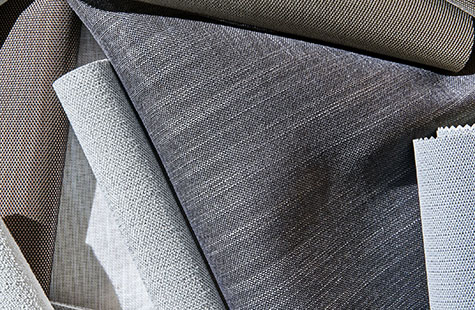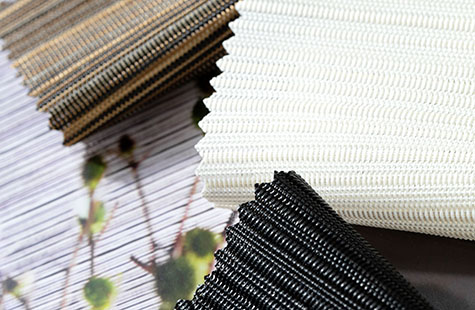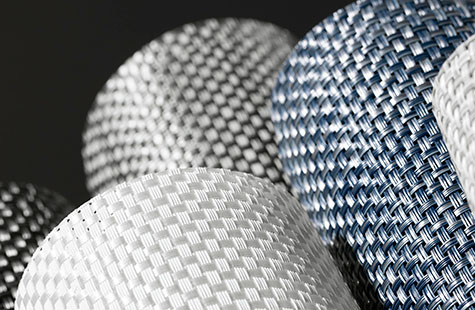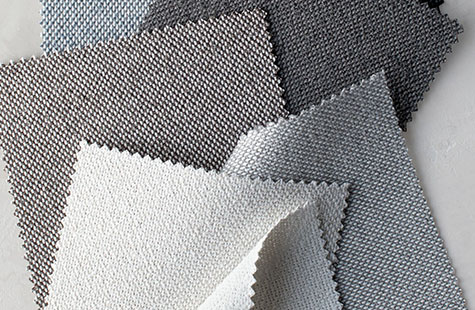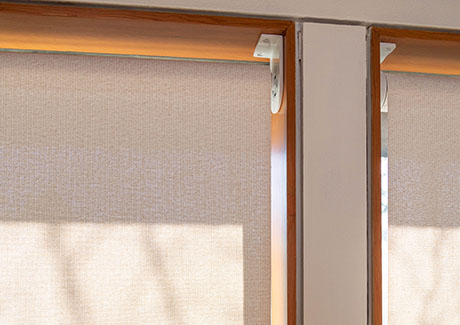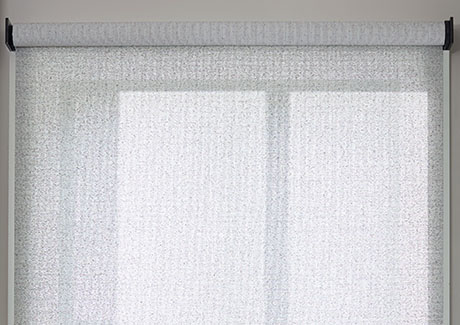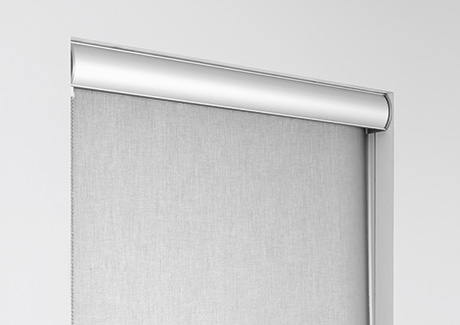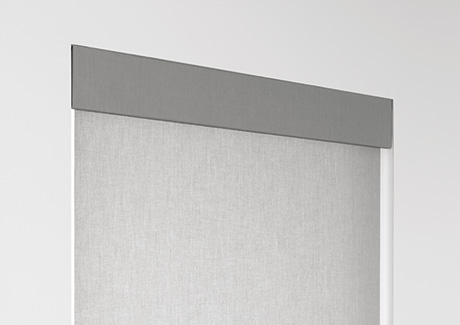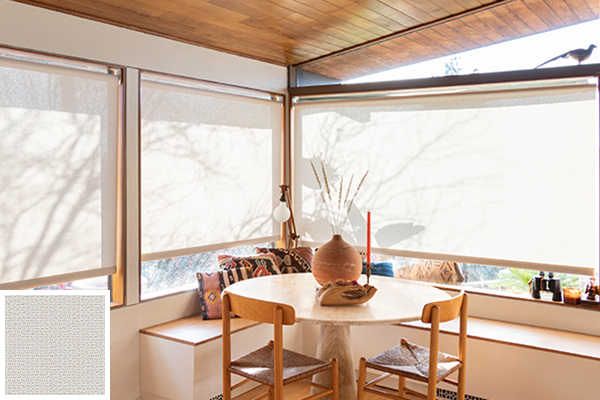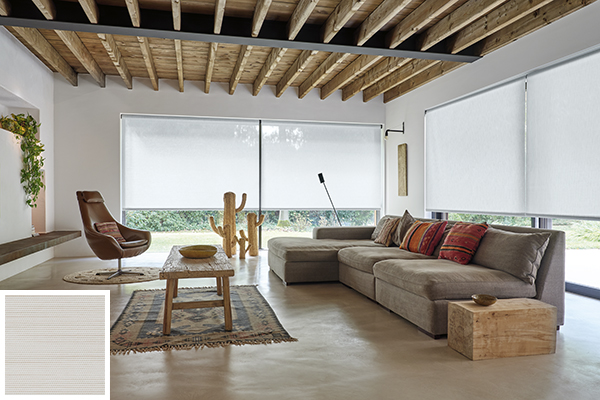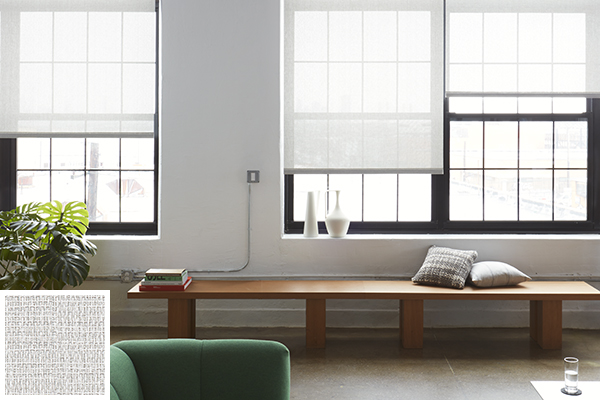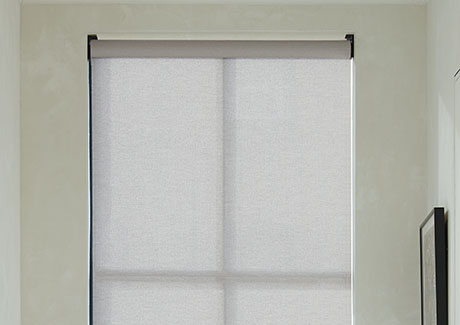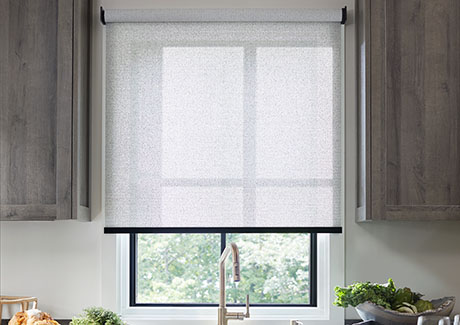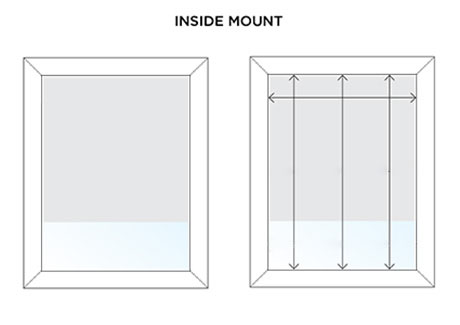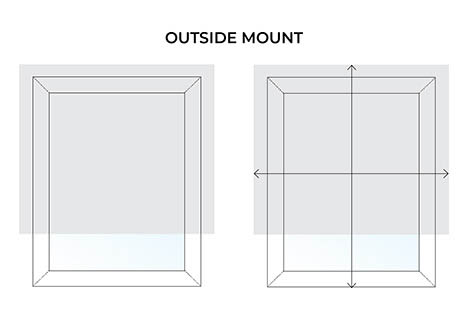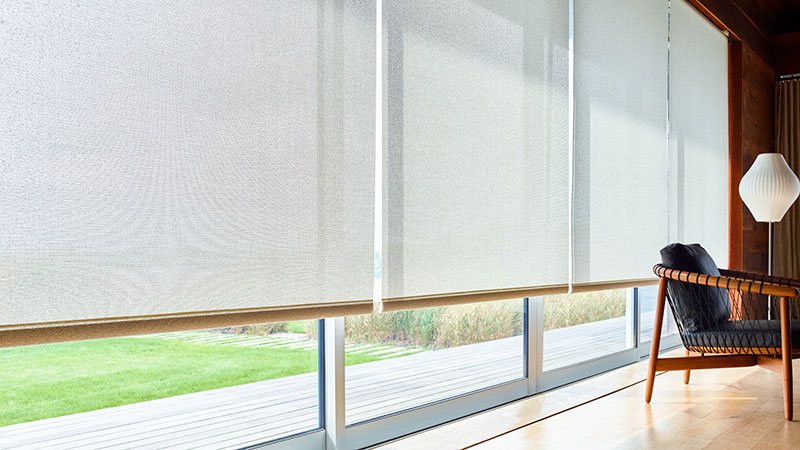BUYING GUIDE:solar Shades for Windows
Solar Shades for windows are a sleek, versatile style of window treatment that is especially suited to sunny rooms with a view. The unique material make-up of these shades blocks UV rays while still allowing natural light to fill your home. Plus, the special weave of these shades allows you to see out, but blocks the view in, giving you a good level of privacy during the day.
If you’re considering Solar Shades for your space, learn more about them in this buying guide to solidify your choice.
In this article
What Are Solar Shades?
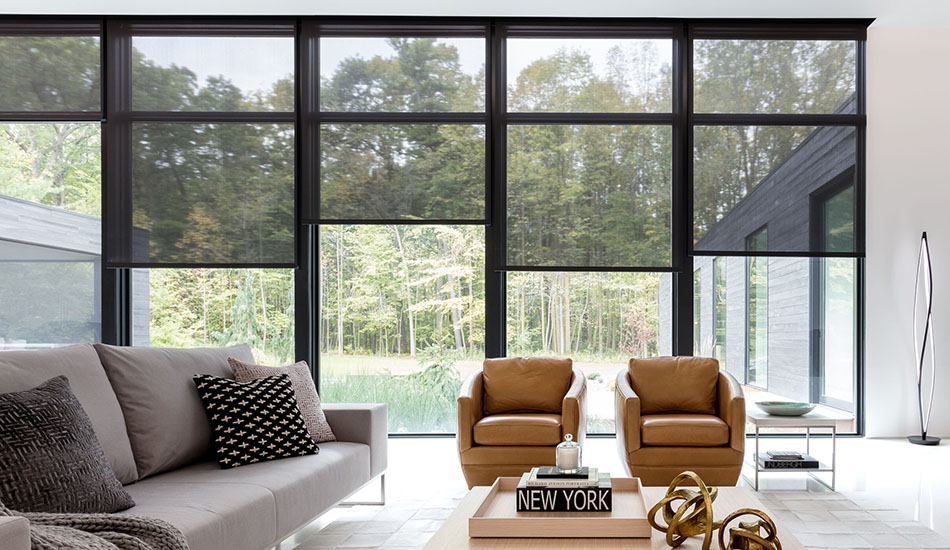
Solar Shades, sometimes called sun shades or solar blinds are a type of Roller Shade made with innovative material that blocks UV rays. They consist of a single panel of material that rolls up and down around a tube at the top of your window.
What’s the Difference Between Solar Shades & Roller Shades?
The main difference between Roller Shades and Solar Shades comes down to the material. Solar Shades are typically made from fiberglass, vinyl and acrylic blends in open weaves that allow light to filter through while blocking UV rays. Roller Shades are made from polyester, PVC and other similar synthetic materials derived from plastic, and come in materials that range from blackout to light-filtering options.
Understanding Transparency Percentages
When shopping for Solar Shades for windows, you’ll likely notice a percentage associated with each of the materials. This percentage refers to two factors:
- UV protection level – how much UV light is blocked.
- Transparency level – how well you can see through the shade.
Percentages range from 1% up to 10%. Learn more about the most common percentage levels:
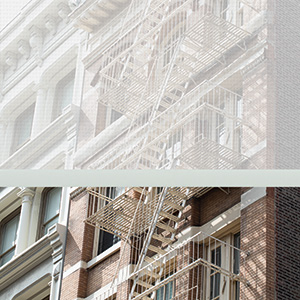
10%
10% means the shade blocks 90% of UV rays and is the most transparent, so it provides the best view with the least privacy.
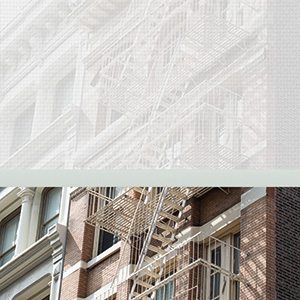
5%
5% means the shade blocks 95% of UV rays and is a bit more semi-transparent, so it provides a good view with some privacy.
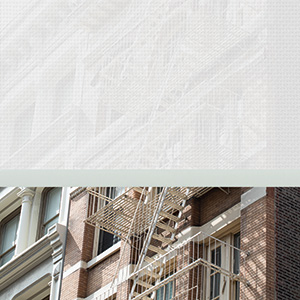
3%
3% means the shade blocks 97% of UV rays and is semi-transparent, so it provides a clouded view with more privacy.
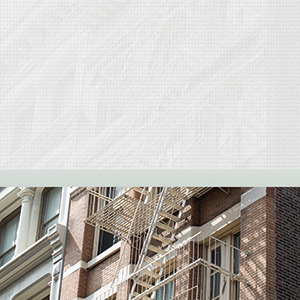
1%
1% means the shade blocks 99% of UV rays and is the least transparent, so it provides a more clouded view with the best privacy.
These percentage options are the most common, but others exist, including a few 7% openness options from Chilewich. Choosing the right percentage for your room will mostly depend on your preferences for transparency, as blocking anywhere from 90 to 99% provides excellent UV protection.
Why Choose Solar Shades
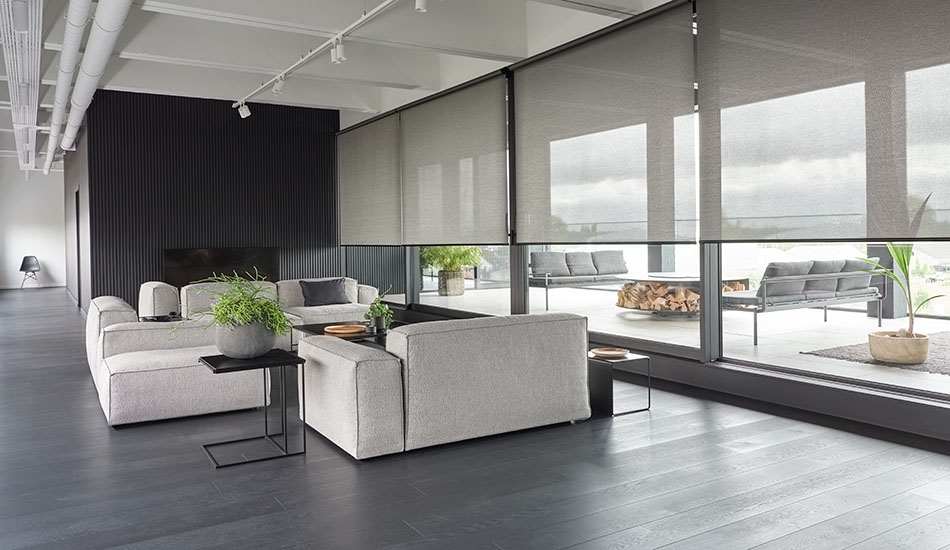
Solar Shades for windows offer several unique benefits, including:
Customizations for Solar Shades
When choosing custom Solar Shades for windows, you’re able to customize your shades to look and function just the way you want them to. Learn about more of the customization options you have beyond material choice when you choose custom Solar Shades from The Shade Store.
Material Options for Solar Shades
As you’ve learned, materials for Solar Shades for windows are available in primarily neutral colors, but with many different textures, from simple, basic designs to highly textured designer looks. Explore the main categories of Solar Shade materials to determine which best meets your needs and aesthetic preferences.
CUSTOMIZE YOUR DESIGN
Ready to start designing your custom Solar Shades? Start with your material, then go on to choose your mount type, control type and more to create the perfect shade for your space. START CUSTOMIZING
Control Types
Control type refers to the mechanism that lifts and lowers your shade. Solar Shades for windows come with three main control types: continuous loop control, cordless control and motorization.
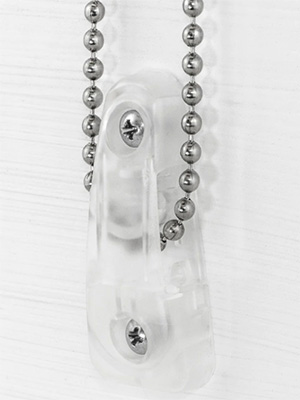
Continuous Loop Control
Continuous loop control is a basic control type that comes standard with your Solar Shade.
Continuous loop control consists of a looped chain attached to the tube of your Solar Shade and held taut by a tension device installed on your window frame or wall. To adjust your shade, pull the front side of the looped chain down to lift the shade and lift the chain up to lower the shade. You can also lower the shade by pulling down on the side of the chain closer to the window.
Cordless
Cordless control features a tension lock mechanism in the tube that allows you to adjust your shade without any dangling cords. To lift and lower your shade, grab the bottom bar and pull the shade slightly down and toward you to release the lock. Then, adjust the shade to the desired height by pulling down or lifting up. To lock the shade in place, simply push the bottom bar toward the window.
Motorized
For motorized Solar Shades, the motor lives in the tube mechanism and mechanically lifts and lowers your shade. You can control your shades with the press of a button on a remote, through an app on your phone or tablet, or with the sound of your voice when paired with a home automation system like Amazon Alexa or Google Home.
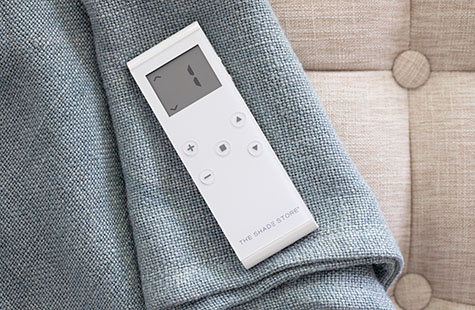
Reverse vs Regular Roll
Reverse and regular roll refer to which way the Solar Shade material falls off the tube: front or back.
Valances
A valance is a piece of material that covers the very top of your window treatment. Solar Shades for windows come with two optional types of valances.
Get Inspiration for Solar Shades for Windows
Explore curated spaces with Solar Shades for windows to get ideas for your own interior design.
DISCOVER MORE CURATED DESIGNS
Looking for more inspiration? Explore Solar Shades for windows in our Photo Gallery for more ideas. VIEW THE GALLERY
Cost Considerations
Solar Shades for windows are generally affordable when compared to other types of shades. However, the category of material you choose from will affect your starting price. The following starting prices take into account material only with standard control.
| Solar Shade Material | Starting Price |
|---|---|
Basic Solar Shade 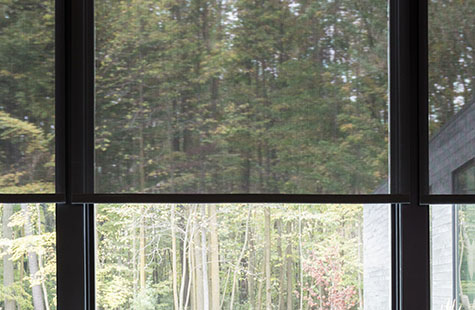 | $ |
Designer Solar Shade 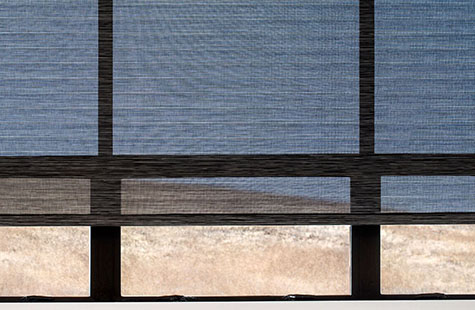 | $$ |
Chilewich Solar Shade 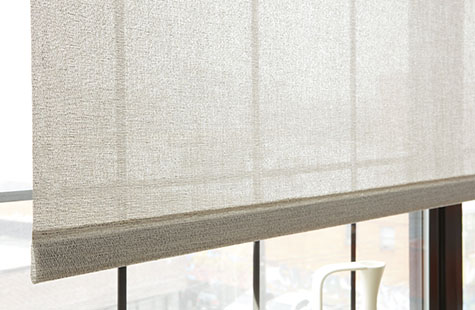 | $$ |
Sunbrella Solar Shade 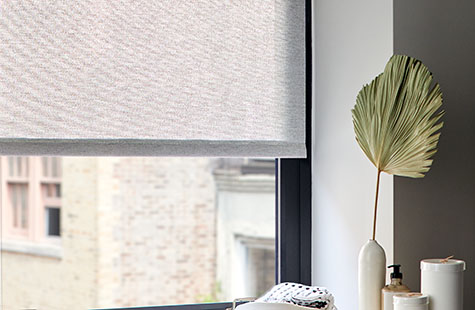 | $$$ |
GET A QUICK PRICE QUOTE
Simply enter your measurements and get estimated pricing for different product categories and material price groups. QUICK PRICE QUOTE
Other Factors That Affect Upfront Costs
- Size – The size of your shade will of course affect your cost, as the larger the shade, the more material is needed, and the higher the price will be.
- Control type – Standard continuous loop control does not cost extra, however, upgrades like cordless control and motorization will increase your overall price.
Best Applications for Solar Shades
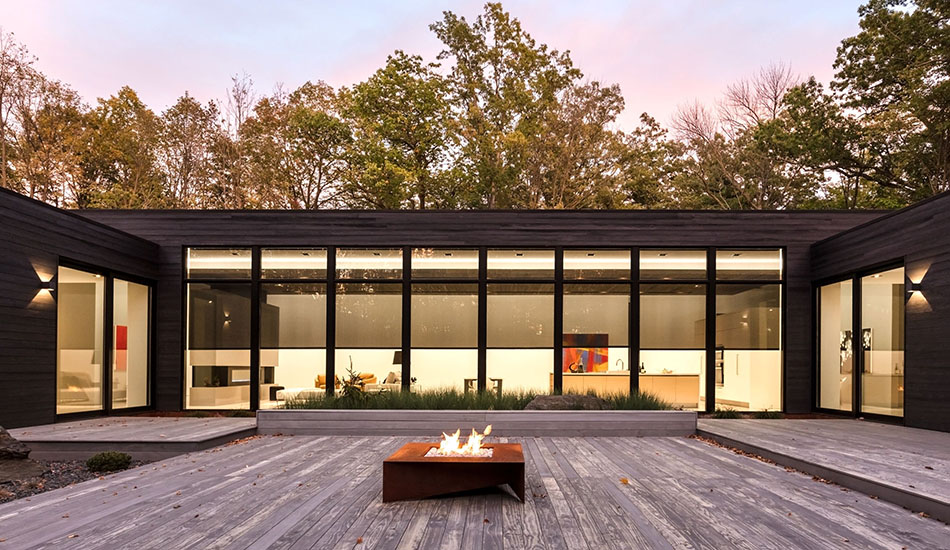
Now that you have a firm understanding of Solar Shades for windows in terms of how they work and their customization options, it’s time to think about how they’ll best suit your space. Thanks to their unique characteristics, Solar Shades are an excellent choice for a number of applications — but there are also some applications where another type of window treatment may be better suited.
Inside-Mount & Outside-Mount Applications
Solar Shades are actually a great choice for either inside- or outside-mount applications, so the choice is primarily up to your preference.
Rooms Solar Shades Are Best For
Solar Shades are ideal for the following types of rooms:
- Sunny living rooms and dining rooms where you likely have most of your favorite furniture, artwork and décor. Solar Shades will protect your furnishings from fading by blocking harmful UV rays, so you can enjoy the natural sunlight during the day without consequence.
- Any room with a screen, like living rooms, home offices or media rooms with TVs and monitors, as Solar Shades will cut the glare on your devices.
- Bright kitchens where sunlight is desired while you cook and clean, but you still need a bit of privacy and reduced glare as well.
Rooms Solar Shades Are Not Ideal For
- Drafty rooms like basements, as they won’t do much to help with the draft, and there likely isn’t much sunlight to filter either.
- Rooms that get little to no sunlight, as the full benefits of Solar Shades won’t be realized.
- Rooms where you need privacy at night, like bedrooms and bathrooms, as Solar Shades don’t provide the best privacy at night.
How to Measure for Solar Shades
Thinking Solar Shades are the right fit for your home? Learn how to measure your window so you can place your custom order. Measuring varies based on whether you plan for an inside- or outside-mount application.
Solar Shades Installation
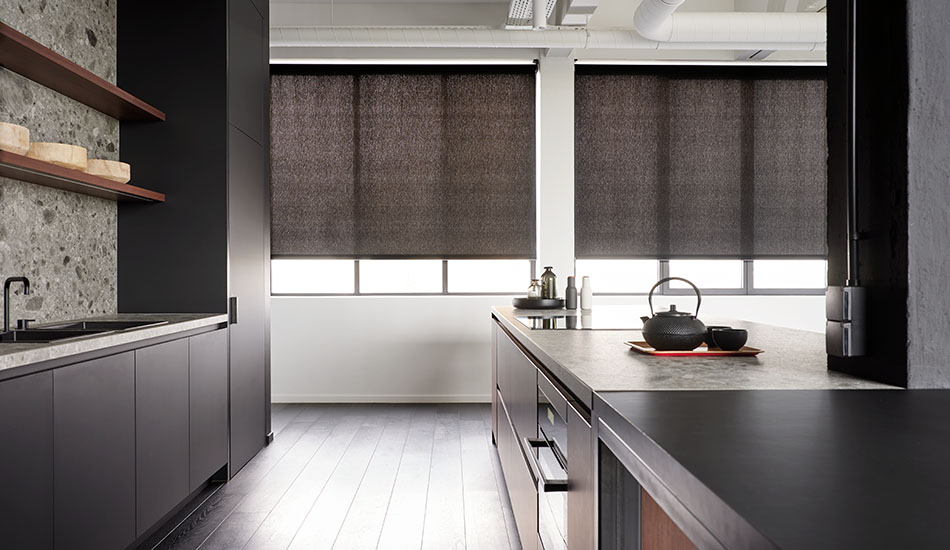
If you’re thinking about a DIY installation for your Solar Shades for windows, first get familiar with the process to judge your comfort level with the project.
These are the best practices for installation of Solar Shades from The Shade Store. Always be sure to review the full installation instructions before starting your project.
- Step 1: Gather tools. You’ll typically need a stepladder, pencil, tape measure, level, drill and screwdriver, but check the specific install instructions for an exact list.
- Step 2: Decide whether you’ll inside or outside mount your shades, which means deciding whether to place them inside the window frame (inside-mount) or outside the window frame on the wall (outside-mount).
- Step 3: Measure appropriately based on your mount choice and mark where the mounting brackets and tube will go.
- Step 4: Install the brackets in the right place with the appropriate tools as indicated in the installation guide and then attach the tube.
Cleaning & Maintenance
Generally, you can keep your shades clean with a low suction, handheld vacuum or you can dust with a soft, clean cloth or feather duster. For stains or embedded dirt, try a Mr. Clean magic eraser to spot treat the affected area. If that doesn’t work, it’s recommended you contact a local window treatment cleaning specialist who can treat your shade on-site at home.
Frequently Asked Questions About Solar Shades
Learn even more about Solar Shades for windows by getting answers to the most frequently asked questions.
